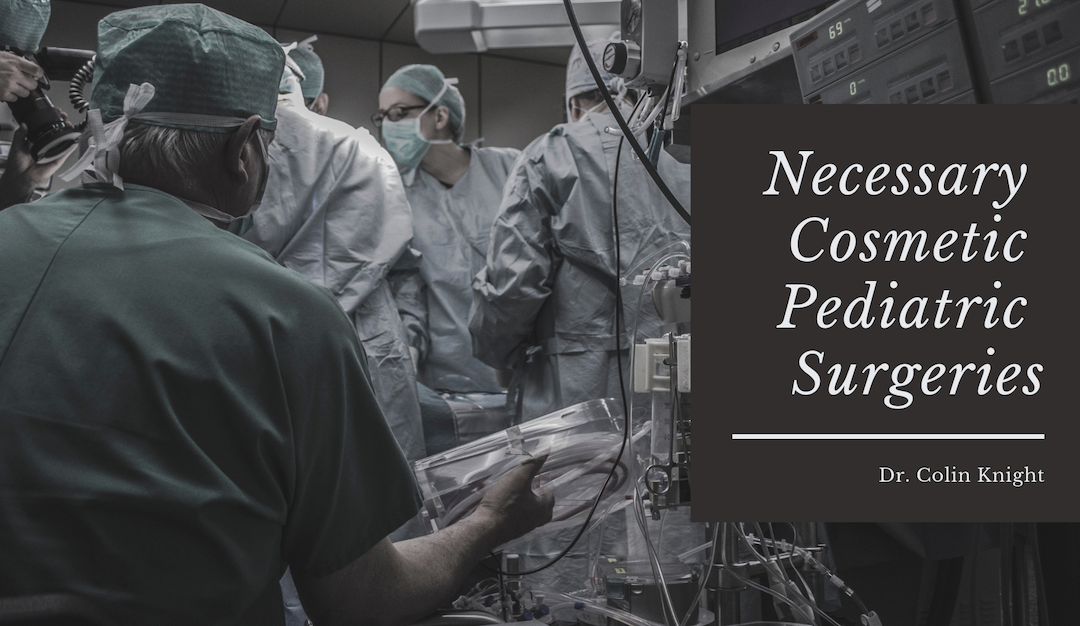It’s a common misconception that plastic surgery is only for vain adults. The truth is plastic surgery can be life-changing, not just for adults but also children. Pediatric cosmetic surgeries can correct congenital and traumatic deformities and soft tissue defects that, left untreated, can cause a lifetime of embarrassment, low self-esteem, and even difficulties performing daily tasks. Cosmetic surgery for children can have a profound impact on confidence, self-image, and quality of life. The following are just some examples of crucial cosmetic surgery procedures for children.
Otoplasty or Ear Surgery
Children with ears that are too large or protrude from the head can face a lot of teasing and confidence issues. Otoplasty is a life-changing surgical procedure that can give children natural-looking ears that fit their face and prevent bullying and teasing. This procedure is actually easier to perform on children than adults because a child’s ear is easier to shape.
Cleft Lip and Palate Treatment
One of the most common cosmetic procedures performed on children corrects a cleft lip and palate, a common congenital defect in which parts of the face do not join together during development. This can leave a cleft in the lip, palate, or both. Without surgical treatment, this disfiguring condition can make it difficult to eat and speak and cause complications like hearing loss and dental issues.
Hand Surgery
Congenital defects of the hands can make it difficult to perform tasks like eating, getting dressed, and writing. There are a variety of congenital hand defects that can be corrected in children through cosmetic surgery such as extra digits (polydactyly), some or all fingers partially webbed (syndactyly), or a clubhand which turns inward with a limited range of motion.
Keloids and Scar Revision
Scar revision is a cosmetic surgery procedure designed to minimize the appearance of a scar to make it less obvious by blending in with the surrounding skin texture and tone or moving its location. Scar revision can help children recover emotionally from a traumatic event such as a dog bite or car accident by giving them a more normal appearance. This type of procedure can also address keloid scars, hard and raised scar tissue that can be larger than the original wound and cause embarrassment and discomfort.
